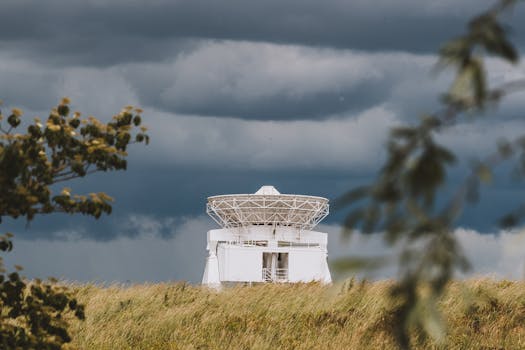GEO Satellites: Revolutionizing Global Communications

GEO satellites, or Geostationary satellites, are a type of satellite that orbits the Earth at an altitude of approximately 36,000 kilometers, remaining stationary above a specific point on the equator. GEO satellites have revolutionized the way we communicate, providing internet connectivity, television broadcasting, and weather forecasting to millions of people around the world.
The first GEO satellite was launched in 1963, and since then, hundreds of satellites have been launched into geostationary orbit. These satellites have a wide range of applications, including telecommunications, navigation, and weather forecasting. One of the most significant advantages of GEO satellites is their ability to provide continuous coverage of a specific region, making them ideal for applications such as television broadcasting and telecommunications.
Applications of GEO Satellites
GEO satellites have a wide range of applications, including telecommunications, navigation, and weather forecasting. They are used to provide internet connectivity to remote and underserved areas, where traditional telecommunications infrastructure is lacking. GEO satellites are also used for television broadcasting, allowing millions of people to access a wide range of channels and programs.
In addition to telecommunications and television broadcasting, GEO satellites are also used for navigation and weather forecasting. They provide location information and timing signals, which are used in a wide range of applications, including aviation, maritime, and land transportation. Weather forecasting satellites use instruments such as radiometers and spectrometers to collect data on the Earth’s atmosphere, oceans, and land surfaces, providing critical information for weather forecasting and climate monitoring.
The Future of GEO Satellites
The future of GEO satellites is exciting and rapidly evolving. Advances in technology are enabling the development of smaller, more efficient, and more cost-effective satellites. The use of renewable energy sources, such as solar power, is becoming more prevalent, reducing the environmental impact of satellite operations. Additionally, the development of reusable launch vehicles is reducing the cost of launching satellites into orbit, making it more accessible for companies and organizations to launch their own satellites.
Another significant trend in the GEO satellite industry is the development of constellations of small satellites. These constellations are designed to provide global coverage and are being used for a wide range of applications, including telecommunications, navigation, and weather forecasting. The use of constellations is enabling the provision of more efficient and cost-effective services, and is opening up new opportunities for the use of satellite technology.
Challenges Facing the GEO Satellite Industry
Despite the many advantages of GEO satellites, the industry faces a number of challenges. One of the most significant challenges is the issue of space debris. The increasing number of satellites in orbit is creating a growing problem of space debris, which can pose a significant threat to the operation of satellites and other spacecraft. The industry is working to develop solutions to this problem, including the use of de-orbiting technologies and the development of guidelines for responsible satellite operations.
Another challenge facing the GEO satellite industry is the issue of regulation. The industry is subject to a complex and evolving regulatory framework, which can create challenges for companies and organizations seeking to launch and operate satellites. The industry is working to develop more effective and efficient regulatory frameworks, which will enable the continued growth and development of the GEO satellite industry.
In conclusion, GEO satellites play a vital role in global communications, providing internet connectivity, television broadcasting, and weather forecasting to millions of people around the world. The future of the GEO satellite industry is exciting and rapidly evolving, with advances in technology enabling the development of smaller, more efficient, and more cost-effective satellites. However, the industry also faces a number of challenges, including the issue of space debris and the need for more effective and efficient regulatory frameworks.





